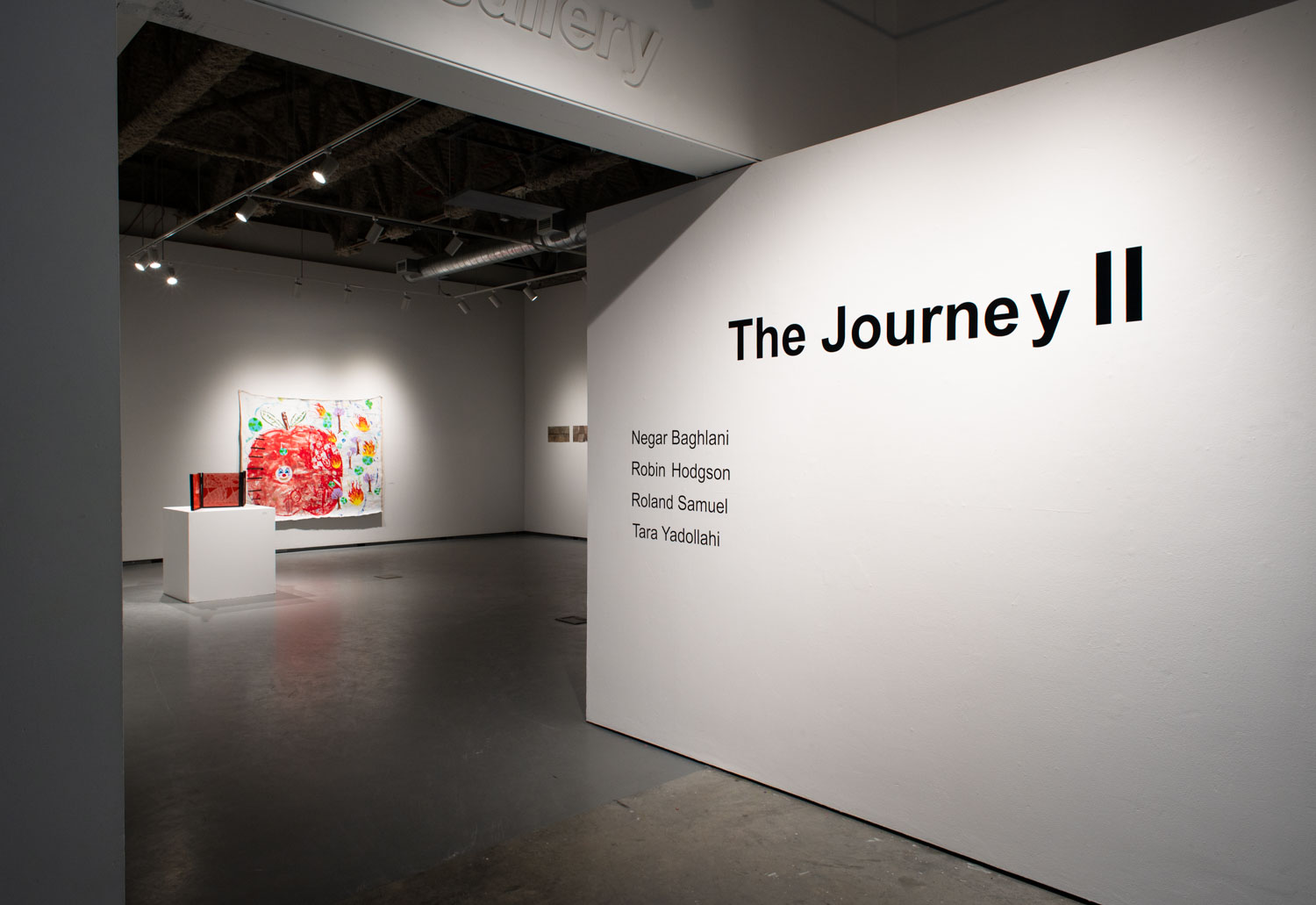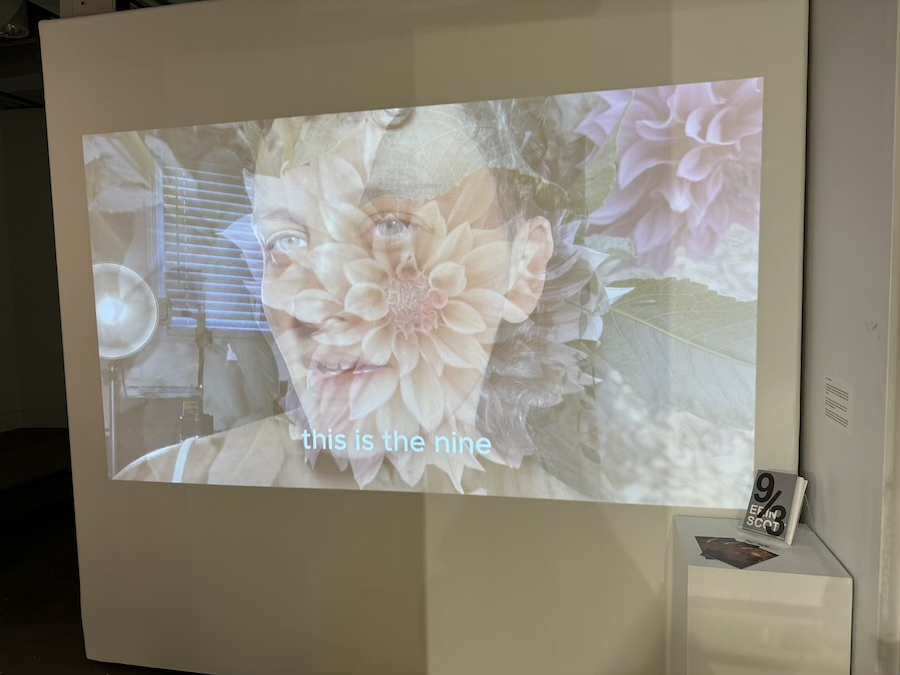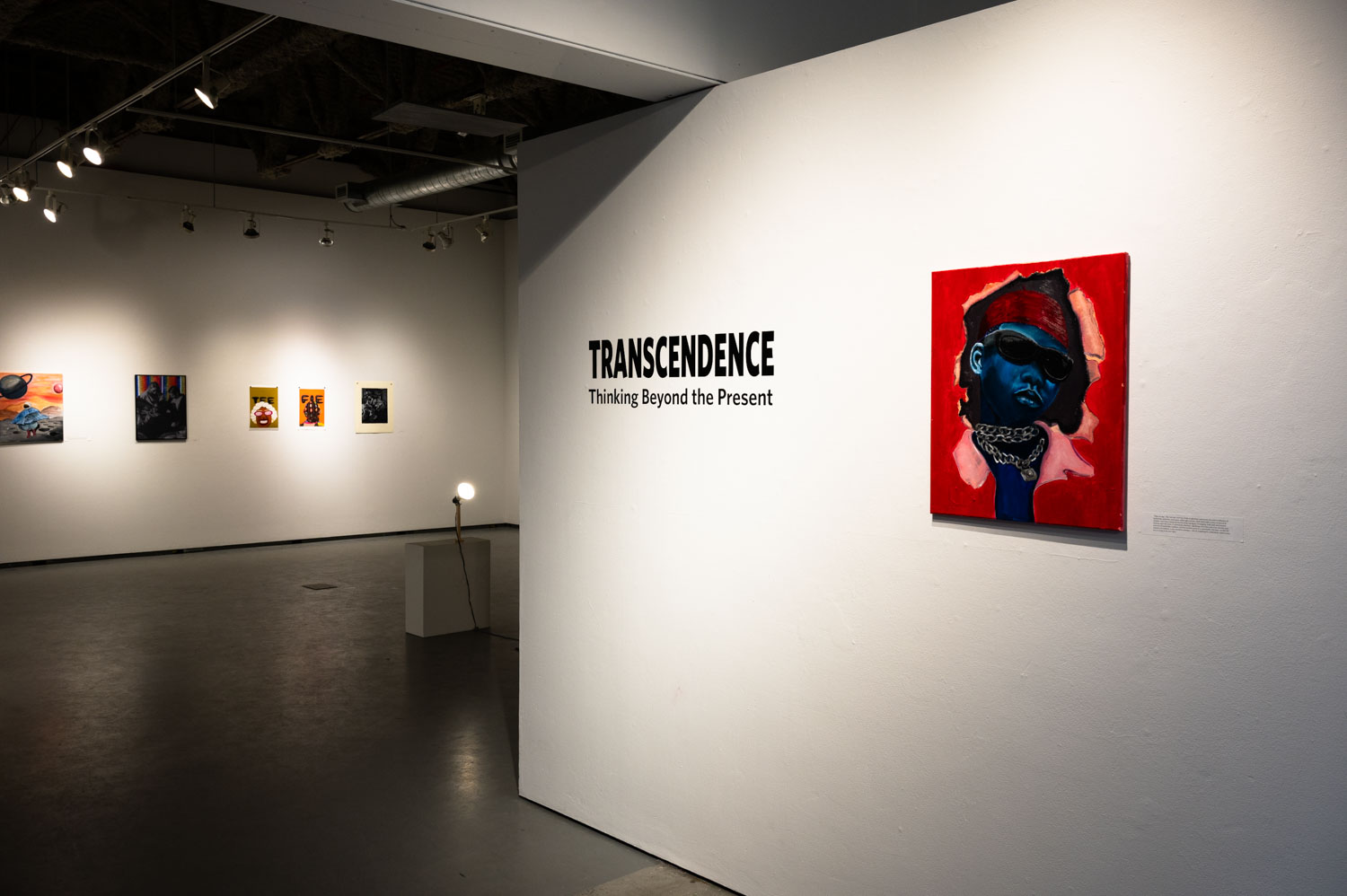Intimate performances on small stages about big issues.
Director Annie Furman Mentor Denise Kenney Toolbox Theatre invites you to step into a series of intimate performances about big issues on small stages. This week, we’re taking out our tools to construct stories about our relationship to climate change. Featuring short plays written by: Nicolas Billon, Annie Furman, Mark Rigney With performances by: Miriam Cummings, Ronan Fraser, and Amy...

 Follow
Follow







